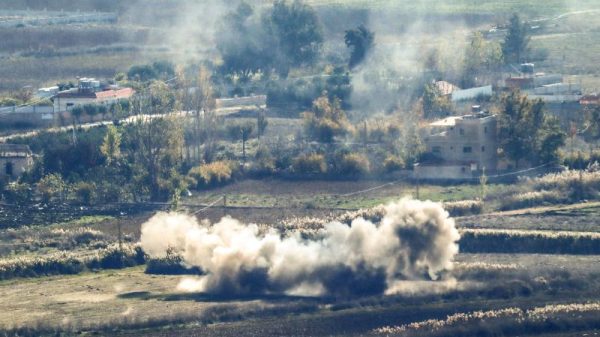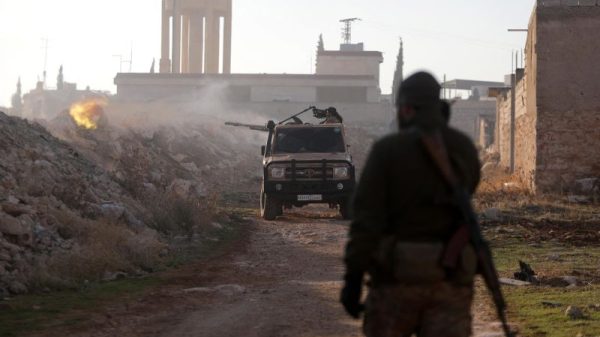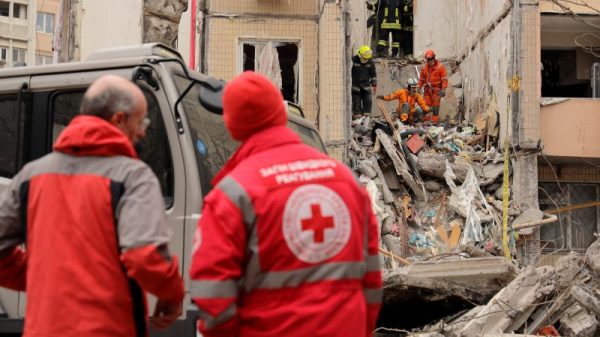 Indeed, Iceland has been experiencing frequent volcanic activity. The reason for this starts deep below the earth’s surface where the North American and Eurasian tectonic plates meet. These plates are slowly moving apart, creating a region of high volcanic activity known as the Mid-Atlantic Ridge. The latest eruption is a part of the Reykjanes Peninsula’s volcanic system, which hadn’t seen an eruption for about 800 years before 2021. Despite the frequency, Icelandic eruptions are typically less destructive and threatening compared to other volcanic hot spots around the world due to both their more isolated location and the types of magma involved.
Indeed, Iceland has been experiencing frequent volcanic activity. The reason for this starts deep below the earth’s surface where the North American and Eurasian tectonic plates meet. These plates are slowly moving apart, creating a region of high volcanic activity known as the Mid-Atlantic Ridge. The latest eruption is a part of the Reykjanes Peninsula’s volcanic system, which hadn’t seen an eruption for about 800 years before 2021. Despite the frequency, Icelandic eruptions are typically less destructive and threatening compared to other volcanic hot spots around the world due to both their more isolated location and the types of magma involved.
Remember, while these eruptions can disrupt air travel and have some impact on climate, they also contribute to Iceland’s geothermal energy and rich soils. It is always insightful to keep an eye on these activities for the interesting scientific insights they bring.





























